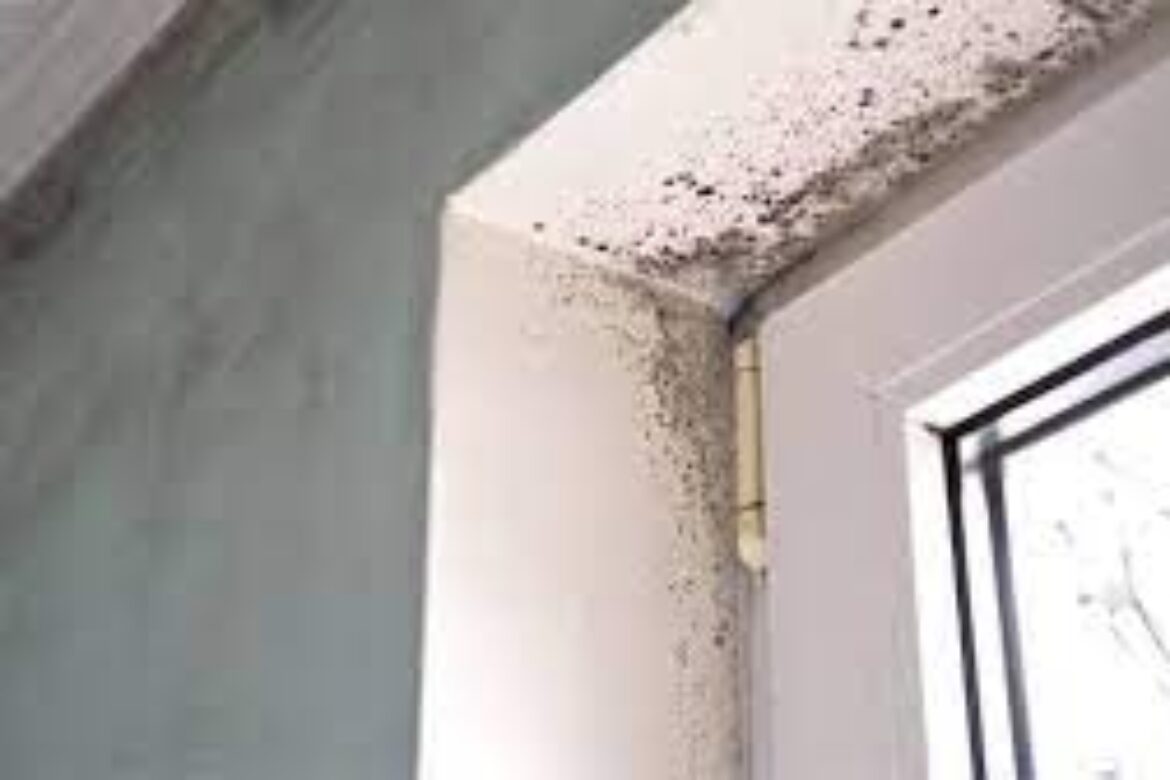By Karen Morris
We’ve all been affected by these recent bouts of rain in some way and are still trying to dry out. The bad news is there’s more rain on the way and in our temperate humid climate, we are, unfortunately, always going to experience times of long heavy rains.
According to experts, most Australian homes are prone to some kind of mould conditions, whether we realise it or not. Hidden behind walls, in ceilings, and in poorly ventilated and damp places, mould can often go undetected and affect people’s health.
What is mould and how do we prevent it?
Mould is a type of fungi that grows best in damp and poorly ventilated spaces and are reproduced by making spores and feeding off the bacteria in those damp places.
Mould can grow literally anywhere – indoors and outdoors – and can grow on any materials such as walls, carpets, furniture, fabrics, timber, paper, food, and plumbing.
Lack of bathroom ventilation, rising dampness, plumbing leaks and condensation all lead to water damage that can easily start to harbour mould and start spreading spores.
The best ways to prevent mould occurring are:
- Find the source of any water leak and fix it to prevent damage.
- Make sure you turn on exhaust fans and keep windows open for prolonged periods to improve ventilation.
- Reduce the use of indoor plants, fish tanks and unflued gas heaters.
What happens if we have mould in our homes? What do we do?
If your home has been affected by water leaks, heavy condensation, or floods, it’s important to throw out any furnishings that cannot be cleaned and then do a thorough cleaning of all the affected areas you can clean.
We recommend cleaning with vinegar and essential oils (do not use bleach as this only masks the mould and the spores will continue to grow).
We make a beautiful essential oil mix using clove oil, tea tree oil and orange oil that you can add to your vinegar solution in a spray bottle. (Contact us at www.herbsonlineshop.com to order your mix).
We recommend using 4 parts vinegar, 1 part water and adding 6 – 7 drops of your essential oil mix. Wear protective gloves and a mask to prevent mould spores from entering your system.
Make sure you dry the areas effectively after cleaning by allowing windows open and keeping fans on.
How do I know if I’m getting sick from mould toxicity?
Health impacts from mould are not always obvious and can be quite generalised but the main ones are:
- Asthma & allergies
- Itchy skin & eyes
- Coughing, sneezing & wheezing
- Nasal congestion
If you suffer from immune deficiencies or a weakened immune system, you could have increased allergic or asthmatic reactions and sensitivities to mould.
What can I do to treat it?
Here at Herbs Online Shop, we make a Lung Mould Herbal mix that is specifically designed to promote healthy lungs and reduce symptoms that may be associated with exposure to damp or mould.
We use a combination of Buckthorn, Elecampane, Pleurisy Root, Mullein and Pau D’Arco. These herbs help to treat mould exposure, clear the lungs and respiratory system, and treat fungal infections.
Take 5ml once to three times daily, depending on your symptoms. (Not recommended to take during pregnancy).
If you suspect you’ve been exposed to black mould, please don’t suffer any longer. We are here to help and treat you, naturally.
Order your Lung Mould Herbal mix through www.herbsonlineshop.com or call us on (02) 9555 5117 to speak to one of our qualified Naturopaths.


